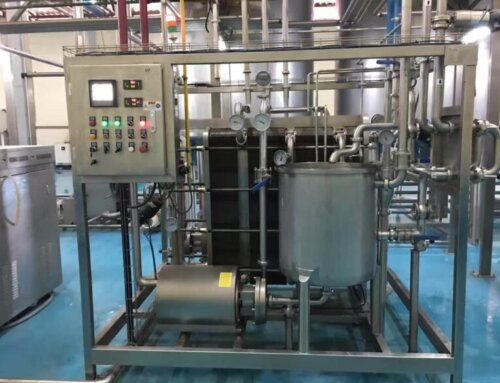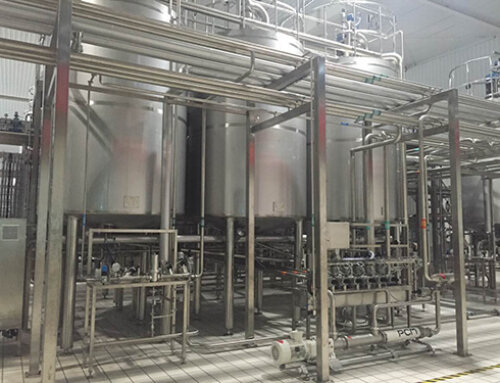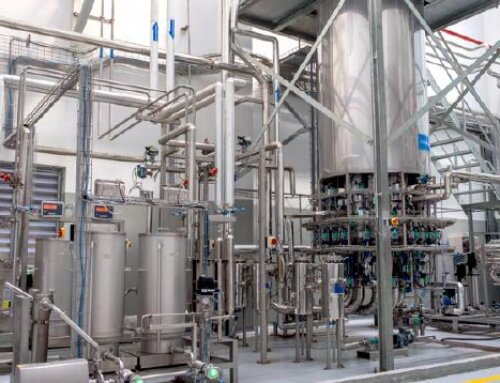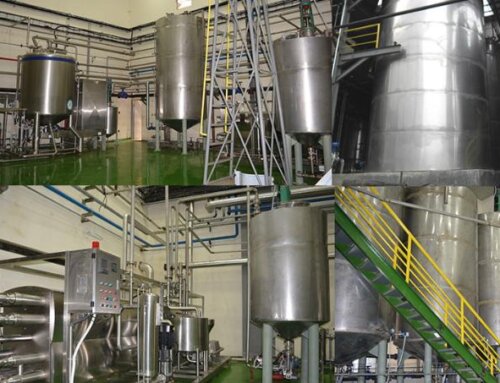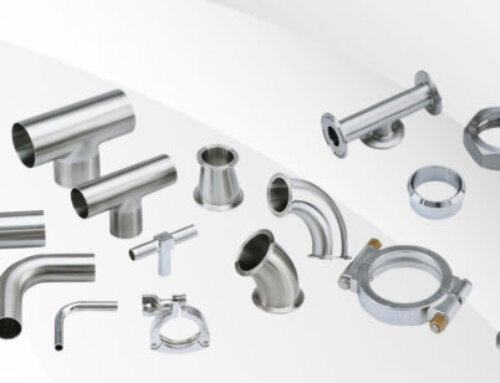In the fruit processing plants, no matter the final product is the production of juice, jam, or dried fruit, many fruits need to be peeled during the pretreatment process. Some fruit and vegetable skins are rich in cellulose, pectin and keratin, rough and hard, and some contain more tannins and bad taste. Therefore, the fruit needs to be peeled before juicing or drying to improve the flavor and quality of the end product. The fruit peeling process is also good for the later squeezing, beating or drying process.
This article briefly introduces the most commonly used fruit peeling machines and techniques in industrial fruit production lines:
Manual Peeling
Manual peeling with knives, planers and other tools has the characteristics of clean peeling, low loss rate, low investment, but low efficiency and high labor costs. In the process of manual peeling, peeling, cutting, and core removal can be completed together. This peeling method is suitable for fruits with small capacity and difficult to peel mechanically, such as bananas, aloe vera, pineapples, coconuts, etc. Some fruits need to be dehusked before peeling, such as lychee, longan, tamarind, coconut and other fruits. You can use a knife to cut off the pulp at the end of the pedicle and try to remove the outer shell and husk.

Mechanical Peeling
Mechanical peeling has the characteristics of high efficiency, large capacity, good peeling effect, and large investment.
For mangoes, pomegranates, avocados, peaches, plums, apricots and other stone fruits, our company has designed a special peeling, deseeding and pitting machine. After the whole fruit enters the peeling and pitting machine, it is squeezed by the rotation of the gear roller, The fruit skin and seed core are separated and broken, and then the fruit pulp, fruit peel and fruit core seed are separated through a sieve.
Citrus, pineapple, papaya, passion fruit, guava and other fruits can be peeled with a roller peeling juicer. This type of peeling machine is equipped with a blade between the rollers. When the fruit enters the hopper, the blade on the roller will cut fruits into two halves, and then separate the peel and pulp through the rotation of the pressure roller and SUS304 sieve screen.
There is also a universal fruit peeling machine, which is custom-designed according to different sizes of fruits, which is basically suitable for all fruits that need to be peeled. There are installed peeling knives at the upper and lower ends, the blade handle is controlled by a spring, and the knife-edge is close to the fruit. During operation, put the fruit on a rotating shaft, during the rotation of the fruit, the knife peels off the fruit skin. This kind of peeling machine has relatively low production capacity and low degree of automation, which is suitable for small-capacity fruit processing plants.
High-Temperature Hot-scalding Peeling
High-temperature peeling is suitable for roots and vegetables, such as carrots, beets, lotus roots, ginger, potatoes, tomatoes, etc. Put the raw materials into hot water, steam or hot air for short-term treatment. After the raw material is heated, the pectin material in the subcutaneous tissue dissolves, so that the peel and the pulp lose their adhesion and separate, and then use a hard brush to remove the outer skin. The high-temperature peeling machine has a narrow application range, and the nutrition and flavor of the fruit after high-temperature treatment will cause loss, but this kind of peeling machine is relatively simple, low investment, and large production capacity.

Lye Peeling
Lye peeling is suitable for apples, pears, peaches, persimmons, apricots, walnuts, almonds and other nut fruits and vegetables with thicker and coarser skins. It is not suitable for soft, juicy or non-rough skinned fruits and vegetables. Treat the raw materials in a certain concentration of strong alkali solution for a period of time, the fruit skin will be corroded, then immediately rinse with water or peel off the skin with a brush, the fruits can be peeled off, and finally rinse with water or citric acid solution several times to remove the lye. Commonly used lye is sodium hydroxide(NaOH) or potassium hydroxide(KOH) solution. The concentration, temperature and treatment time of lye vary with the variety and maturity of fruits and vegetables. In actual production, it is sometimes combined with high-temperature hot-scalding peeling method, and the peeling effect is better. The frequency of lye peeling is relatively low in fruit processing and production, because this chemical peeling method is likely to cause lye residue in the end products, which will cause food quality degradation and safety problems.

